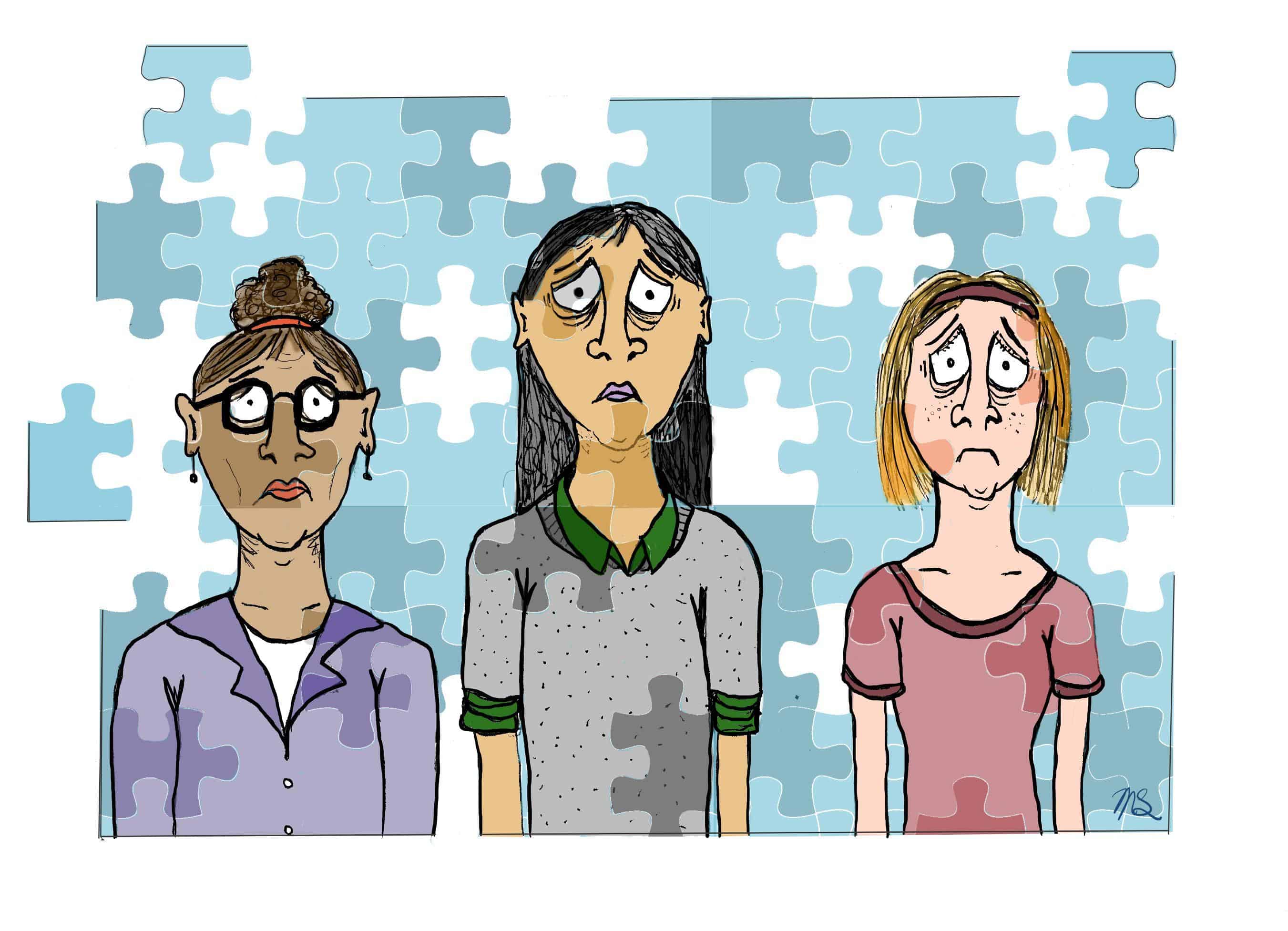
MIRKA LOISELLE/THE VARSITY
U of T’s Dr. Einstein studies why women have higher incidences of dementia and depression
Dementia is a general term used to describe the impairment of a minimum of two brain functions, including memory loss or a reduction in cognitive function significant enough to affect daily life. One form of dementia is Alzheimer’s disease, which is a chronic neurodegenerative disease that causes memory loss and other mental function impairments.
In Canada, 25,000 people are diagnosed with dementia annually, and 65% of those over 65 who have dementia are women. In 15 years, a striking 937,000 people in Canada will be living with dementia. Not much research has been done on the cause of higher rates of dementia and Alzheimer’s disease in women, but fortunately, Dr. Gillian Einstein will lead the cutting-edge research in Canada.
Einstein, of the University of Toronto’s Department of Psychology and The Dalla Lana School of Public Health, is, among other titles, the holder of the inaugural Wilfred and Joyce Posluns Chair in Women’s Brain Health and Aging. She was awarded a grant of $1 million over the course of five years to conduct research in women’s health and aging.
Her lab focuses on research in the field of neuroscience, sex, and gender. She is currently studying the correlation between biological sex and risk of Alzheimer’s disease.
One of her methods of studying is observing the effect of ovary removals and how that relates to Alzheimer’s disease and dementia development in women.
Dr. Einstein explains that since ovaries produce the sex hormone estrogen in women, the removal of ovaries will cause a significant increase in the chances of developing dementia and Alzheimer’s disease.
The reduction in estrogen levels is natural during and after menopause. However, the effect of increasing the risk of developing dementia and Alzheimer’s disease is much higher in women who have their ovaries removed in their younger years as compared to the natural age of menopause. This could explain the link between aging, where women show a drop in estrogen rates, and dementia rates.
She notes that people who have actively chosen to be caregivers show signs of early aging. She gives the example of a wife caring for a husband with dementia, or a child with autism. These caregivers have shortened telomeres in their chromosomes, which is a sign of aging. For the same disease, treatments may work differently in men and women. For example, a certain class of drugs that affected the potassium channels in the heart had to be taken off the market because not enough clinical trials were done in women — and in the end — induced cardiac arrhythmia in women.
However, this sex-based treatment is much more complicated than it seems. There are women who biologically respond to drugs like men, and men who biologically respond to drugs like women. Nonetheless, Einstein believes that a very important step forward is to understand the different ways that the chromosomal definition of sex respond to treatments, or even the progression into personalized medicine.
Einstein’s research has shown that the link between higher rates of dementia in women may be linked to early loss of estrogen and/or to their traditional roles as caregivers in society. Her work has been helpful in pinpointing what leads to such a disparity in dementia and depression rates between men and women.
